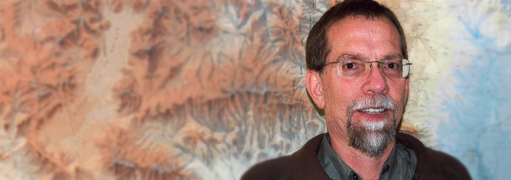News Profile: Pete Domenici Jr., Attorney For Industry
An Interview With Pete Domenici Jr., Attorney For Industry


Pete Domenici Jr.
Latest Article|September 3, 2020|Free
::Making Grown Men Cry Since 1992


Pete Domenici Jr.


